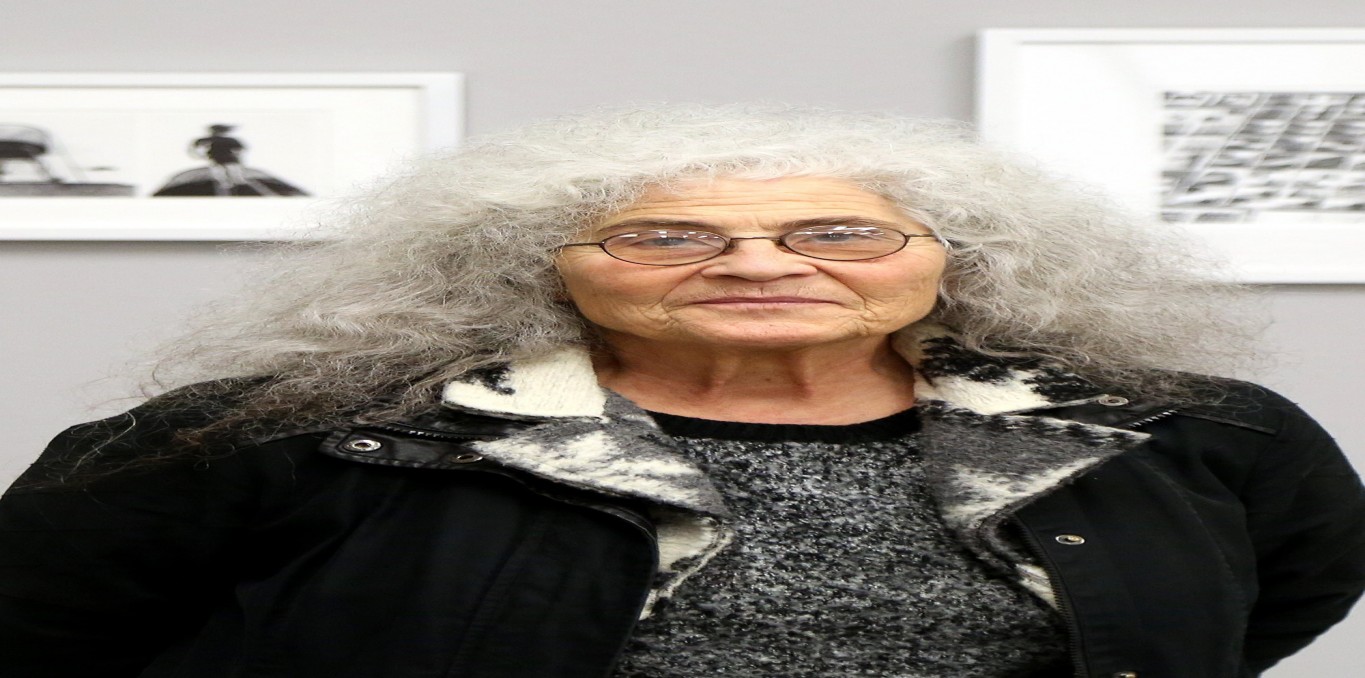Babette Mangolte

Babette Mangolte is a French-American artist, photographer and experimental filmmaker who played a pioneering role in documenting dance, performance and theatre in the 1970s in New York. After graduating as a director of photography from the École nationale supérieure Louis-Lumière, she moved to New York in 1971 and met director Chantal Akerman, with whom she shared a feminist point of view, and they collaborated on numerous films. She then directed her first film What Maisie Knew in 1975, which was just the beginning of a long list of other films she went on to direct, such as The Cold Eye in 1980. Among her most recent films, _Seven Easy Pieces by Marina Abramović _premiered at the Berlin Film Festival in 2007. She made two films about the choreography of Yvonne Rainer, AG Indexical in 2007 and RoS Indexical in 2008, as well as Roof Piece on the High Line in 2012, depicting choreography by Trisha Brown. Mangolte is also known for her photographic archive documenting experimental theatre, dance, and performance art of the 1970s and 1980s. She also publishes essays and theorizes about her performance documentary photography practice.
Related to this realisator

Calamity Jane & Delphine Seyrig, A Story
Calamity Jane & Delphine Seyrig, A Story
Subscription accessThis film is a tribute to Delphine Seyrig and her fascination with the book _Calamity Jane's Letters to her Daughter_. These letters, which are letters from a mother to her absent daughter, became an emblem of feminism in the late 1970s. Seyrig had planned to make a film about Calamity Jane in order to reveal all of the sensitivity she expressed, as well as her view on life, shared in these let...

The Camera: Je or La Camera: I
The Camera: Je or La Camera: I
Subscription accessThe film is an exploration of the act of taking photographs and plays with the ideas of contrast and dichotomy. The first part, filmed in the artist's studio, shows a photo shoot with a model in the foreground receiving orders: "Look at me. Look at the camera". The photographer's instructions end up involving the viewer. In the second part, the camera descends into the streets of New ...

Calamity Jane & Delphine Seyrig, A Story
Calamity Jane & Delphine Seyrig, A Story
This film is a tribute to Delphine Seyrig and her fascination with the book Calamity Jane's Letters to her Daughter. These letters, which are letters from a mother to her absent daughter, became an emblem of feminism in the late 1970s. Seyrig had planned to make a film about Calamity Jane in order to reveal all of the sensitivity she expressed, as well as her view on life, shared in these lette...

Calamity Jane & Delphine Seyrig, A Story
Calamity Jane & Delphine Seyrig, A Story
Subscription accessThis film is a tribute to Delphine Seyrig and her fascination with the book _Calamity Jane's Letters to her Daughter_. These letters, which are letters from a mother to her absent daughter, became an emblem of feminism in the late 1970s. Seyrig had planned to make a film about Calamity Jane in order to reveal all of the sensitivity she expressed, as well as her view on life, shared in these let...

The Camera: Je or La Camera: I
The Camera: Je or La Camera: I
Subscription accessThe film is an exploration of the act of taking photographs and plays with the ideas of contrast and dichotomy. The first part, filmed in the artist's studio, shows a photo shoot with a model in the foreground receiving orders: "Look at me. Look at the camera". The photographer's instructions end up involving the viewer. In the second part, the camera descends into the streets of New ...

Calamity Jane & Delphine Seyrig, A Story
Calamity Jane & Delphine Seyrig, A Story
This film is a tribute to Delphine Seyrig and her fascination with the book Calamity Jane's Letters to her Daughter. These letters, which are letters from a mother to her absent daughter, became an emblem of feminism in the late 1970s. Seyrig had planned to make a film about Calamity Jane in order to reveal all of the sensitivity she expressed, as well as her view on life, shared in these lette...
